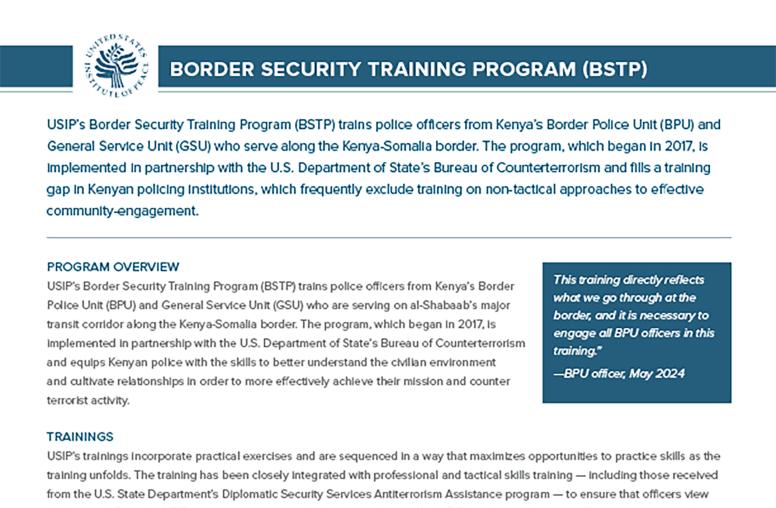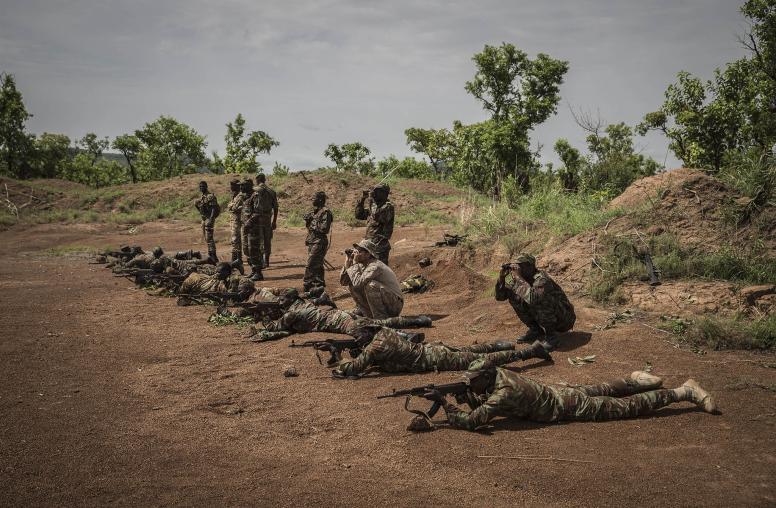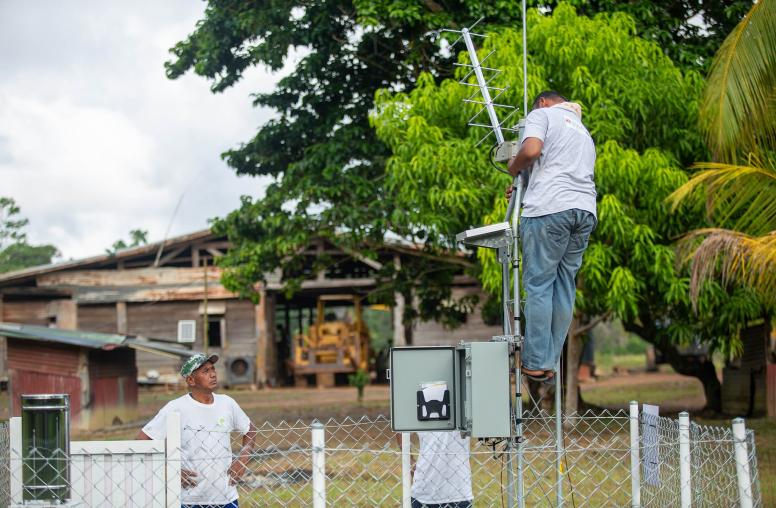Measuring Up: Monitoring and Evaluating P/CVE Programs
This report considers the various conceptual and practical challenges in measuring the impact and value of programs designed to prevent and counter violent extremism (P/CVE). It examines potential solutions and emphasizes the significance of efforts to assess changes in attitudes, behaviors, and relationships. The report was developed in tandem with “Taking Stock: Analytic Tools for Understanding and Designing P/CVE Programs” and seeks to help advance more rigor and sustainability in P/CVE programming.
Introduction
The emergence and spread of VE and the evolution of violent extremist organizations (VEOs) pose a complex global threat. A significant and increasingly diverse community of policymakers, practitioners, and academics is striving to better understand what causes and drives VE and to develop effective interventions to prevent and counter it.
As in the peacebuilding and development fields, designing effective P/CVE programs requires practitioners to learn from what has and has not worked in the past. However, the complexity and sensitivity both of VE as a phenomenon and of P/CVE programs (as well as the diversity of lexicons, levels of analysis, and theories of change that have proliferated in this evolving field) not only complicate the task of measuring impact and assessing risk but also limit the sharing of lessons. This report gives practitioners, policymakers, and researchers an overview of challenges in evaluating P/CVE interventions, explores some potential solutions, and highlights the significance and relevance of tools that assess impact by measuring changes in attitudes, behaviors, and relationships.
This study was developed in tandem with a report that examines analytic models and frameworks used for understanding VE and designing P/CVE programs and strategies. The two studies, both published by the United States Institute of Peace,1 are intended to help improve P/CVE program design and thus give P/CVE interventions greater and more enduring impact.
Key Findings
- There is no defined set of practices, methods, or approaches used to evaluate the impact of programs that have the goal of preventing or countering violent extremism (P/CVE), reflecting the nascent and diverse nature of the field. Yet, increasing efforts are being made to develop accessible guidelines for practitioners, as well as to develop new approaches that address some of the most significant challenges in measuring impact.
- Those challenges can be grouped into two categories: analytic challenges, such as establishing causality, addressing contextual variations, and developing valid indicators; and practical challenges, such as collecting relevant and reliable data.
- Attempts to establish causality in P/CVE programs run into two major obstacles: the impossibility of “measuring a negative,” or proving that violent activity or radicalization would have otherwise occurred had there not been an intervention; and accounting for the large number of variables that may have contributed to, enabled, or affected outcomes beyond the P/CVE intervention, especially in fragile or conflict-prone environments. These obstacles, however, do not preclude the possibility of rigorously evaluating P/CVE programs.
- Practitioners and academics have focused on tools to assess individual and collective attitudes, behaviors, and relationships as meaningful metrics for evaluating the impact of localized P/CVE interventions.
- Measures of attitudes generally assess changes in an individual’s sense of self, level of support for violent extremist groups or activity, or level of support for the use of violence generally. This is the most popular type of metric employed in P/CVE programs, but it is problematic in its assumption of a relationship between extremist beliefs and violent activity. Efforts to improve rigor in evaluation practice and circumvent some of the sensitivities unique to P/CVE programs include the use of random response, list, and endorsement experiments.
- Measuring behavioral change provides a more direct indication of impact but is harder to accomplish. Examples of this type of analysis are found mostly in the realm of online activity. “Lab-in-field” approaches can be useful in assessing change.
- Social relationships and networks are crucial factors in understanding and mitigating radicalization and violent extremism (VE), but they are difficult to measure. Most assessments of changing relationships take place in the online space. New research on sources of community-level resilience to VE will prove useful in informing more robust metrics for assessing the impact of P/CVE interventions.
About the Authors
Georgia Holmer is the former director of CVE at the United States Institute of Peace and is currently senior adviser for Anti-terrorism Issues at the Organization for Security and Cooperation in Europe (OSCE). She has developed, applied, and taught analytic techniques and methods for understanding—and developing strategies to prevent—radicalization, violent extremism, and terrorism. The views expressed in the article are those of the author and do not necessarily reflect the official position of the OSCE and its participating States.
Peter Bauman, founder and CEO of Bauman Global, has conducted extensive field research and designed and evaluated numerous peacebuilding and CVE programs globally. He has also trained and advised a range of public and private stakeholders on peacebuilding, stabilization, and CVE- related policies and programs.
Kateira Aryaeinejad serves as research associate and project manager for the RESOLVE Network at the United States Institute of Peace. Her research focuses primarily on issues associated with the evolution of and local support for violent extremist groups, geopolitical alliance patterns, and localized peacebuilding efforts in both the Middle East and Europe.



